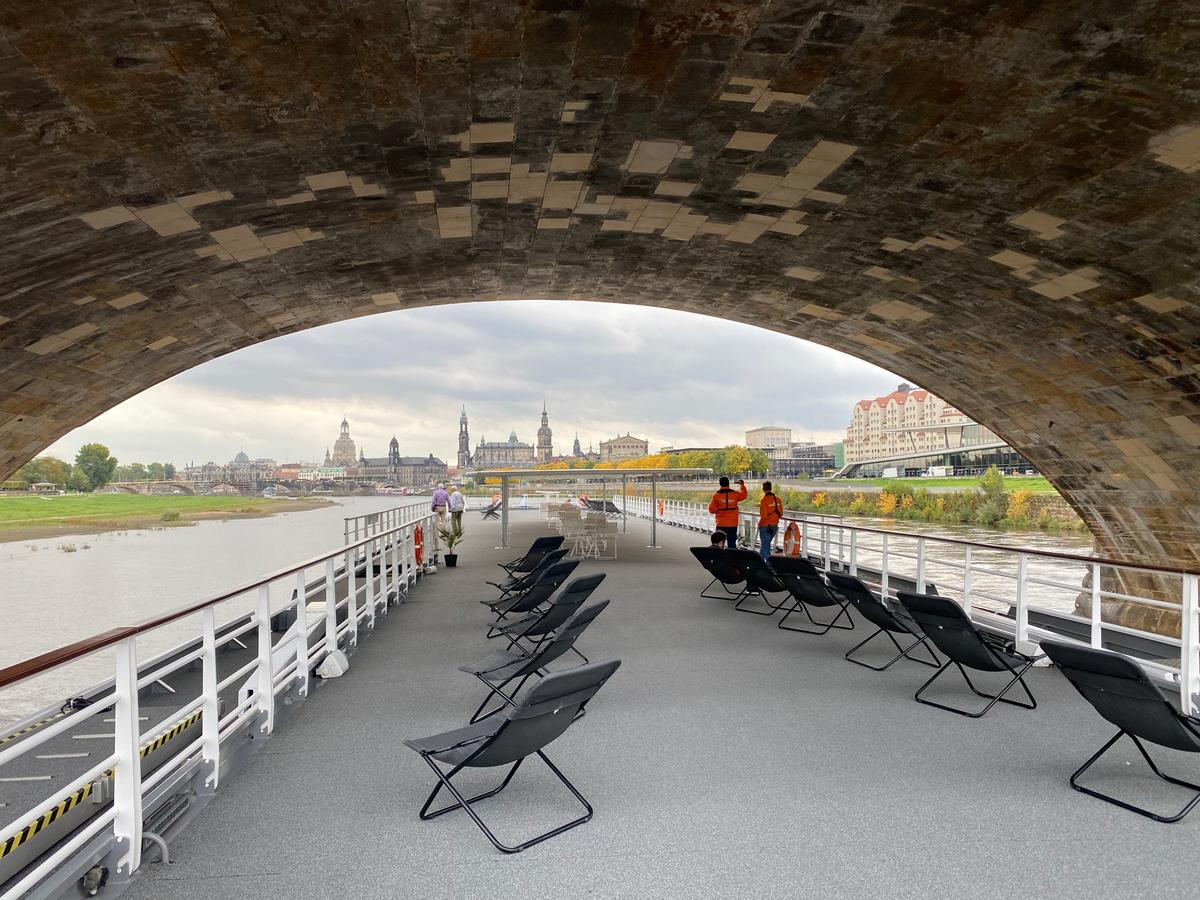European river cruises have never been more popular. Across the continent, these long, low, luxurious ships ply some famous waterways. The Rhine, with castles climbing away on its banks. The Danube, which rolls through great capitals like Vienna and Salzburg. Even the Seine, from Paris to Normandy, and the Douro, slicing through Portugal’s wine country, are getting some serious attention from cruisers.

Visitors enjoy the Elbe River in Berlin. Tim Johnson





